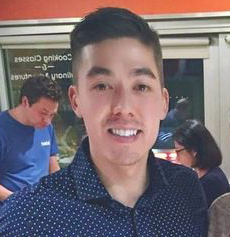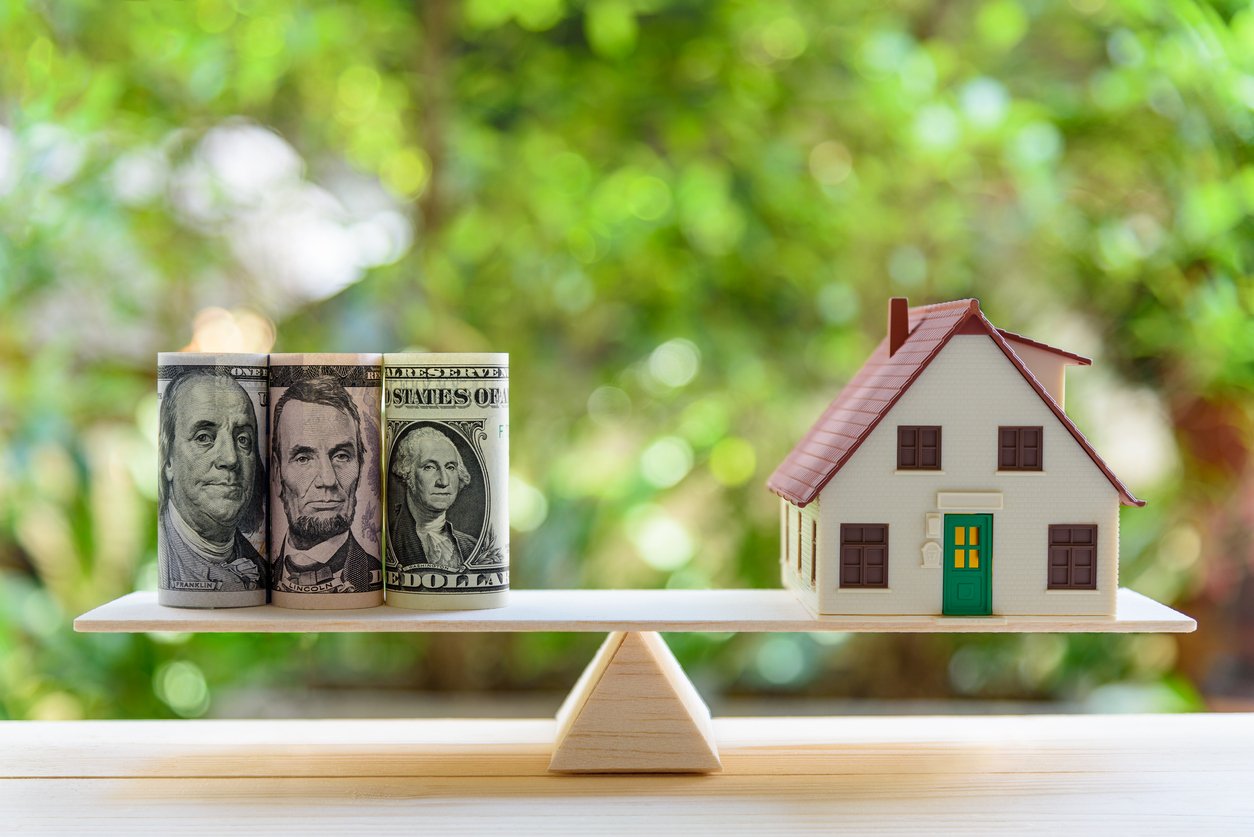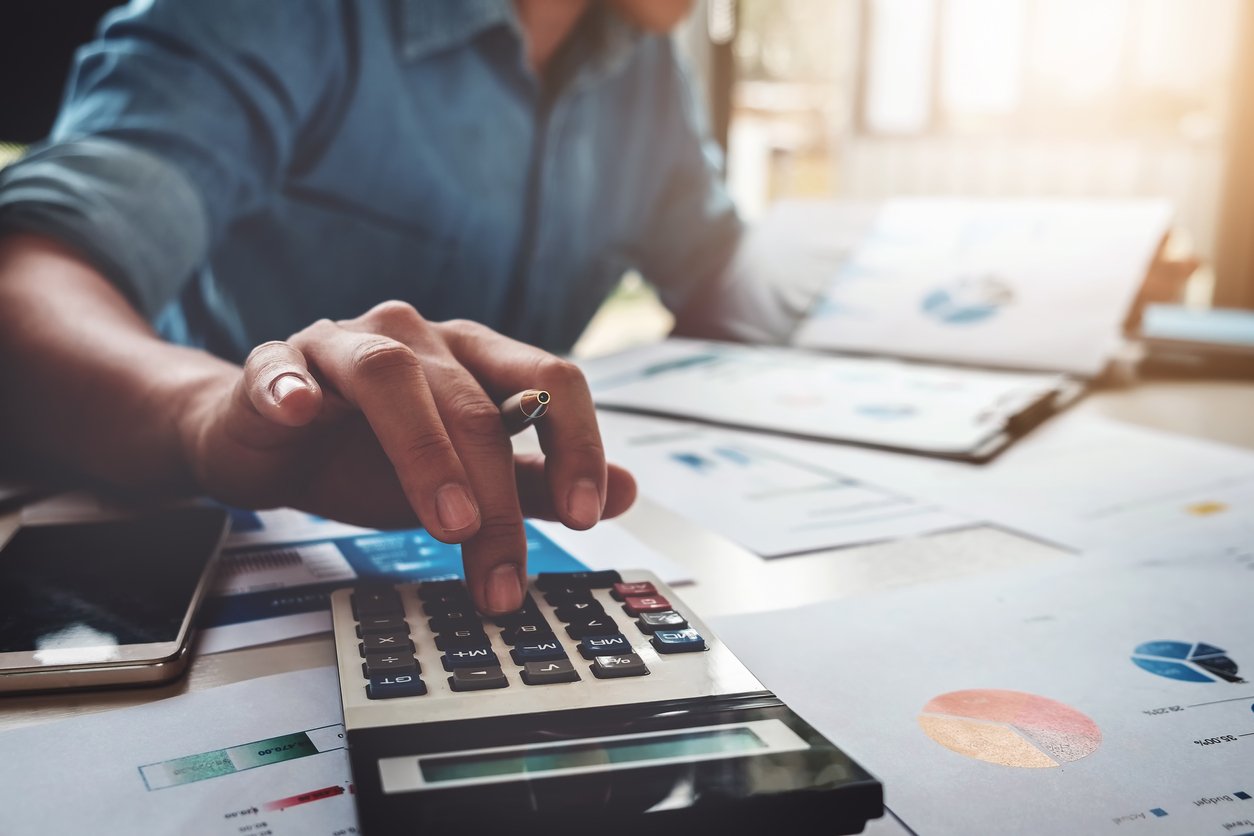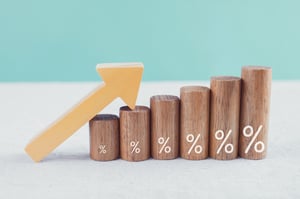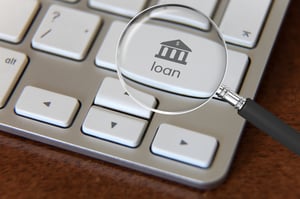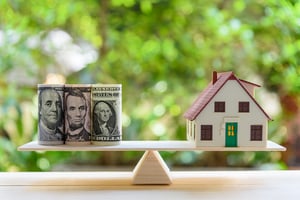If you live in an expensive market and you’re ready to invest in rental property, one of the greatest advantages of investing outside of your area is… two words...
Cash flow
If you want to create additional income streams, two words...
Cash flow
Cash flow is amazing. It’s awesome. So, let’s take a deep dive into one of the most powerful topics in real estate.
What is cash flow?
When looking at a real estate investment, there are two main components you need to fully understand and be able to forecast: income and expenses. Understanding the key financials of a property allows you to understand exactly what cash flow is.
Cash flow is the amount of profit you bring in each month after collecting all income, paying all operating expenses, and setting aside cash reserves for future repairs. For buy-and-hold real estate investors, cash flow is the primary lever used to increase income.
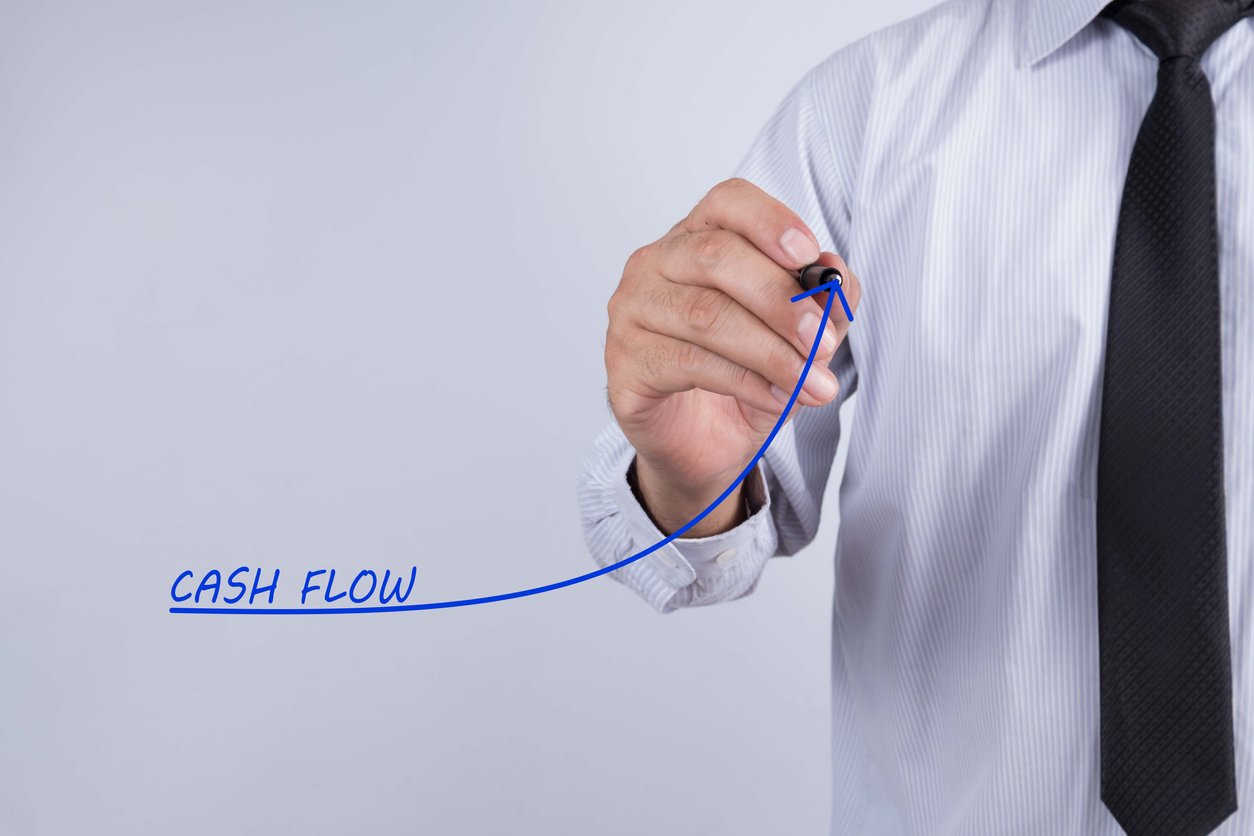
Why do you want positive cash flow?
Well, you want to bring in more money than you spend each month, right?
Why else you want to harness the power cash flow:
- Cash flow creates more opportunity. Reinvesting profits from an investment property into another investment is a great way to exponentially grow your financial well-being.
- Cash flow creates safety. The extra monthly income you bring in can help create a larger savings reserve to protect you against unexpected life expenses (like medical bills, car maintenance, etc.).
How to calculate cash flow
Let’s start with a simple equation:
Cash flow = gross rental income - all expenses and cash reserves
Here’s a real-life example of how to calculate the monthly cash flow from a property I own in Indianapolis (a Roofstock market).
Monthly rental income: $1,000
Monthly operating expenses:
- Mortgage: $346
- Property taxes: $216
- Insurance: $46
- Property management: $90 (For me, this is 9% of my rental income. Note that fees vary between property management companies.)
- Vacancy reserves: $50 (5% of my rental income, adjustable depending on risk tolerance)
- Repair reserves: $100 (10% of my rental income, adjustable depending on risk tolerance)
Total monthly expenses: $842
Cash flow: $152 ($1,000 - $842)
Tip: For a quick and easy cash flow estimate on a property you’re evaluating, check out Roofstock’s new rental property ROI calculator, Cloudhouse. Enter the address of any single-family rental home in the U.S. and get a complete forecast of potential return. Roofstock also provides cash flow estimates for every property listed on its Marketplace.

Factors that hurt your cash flow
Repairs and maintenance
No one likes finding out their rental property needs a new furnace. No one likes having to repair a roof leak. But they can and will happen.
Ideally, you should be saving some of your income every month (as seen above) to take care of these unexpected costs. However, sometimes your reserves aren’t large enough to cover certain expenses and you have to dip into your own pocket. If that happens, say “bye-bye” to cash flow.
Tenant turnover
This is a cash flow killer. Sometimes when a tenant moves out, there will be repairs/cleaning you’ll have to take care of beyond what their security deposit covers.
Missed rent
Every once in a while your tenant may not pay rent on time -- or they may not pay at all. Cash flow is severely reduced when a tenant does not pay in full and it’s literally non-existent if your tenant misses a payment. On top of that, you’re now forced to cover all expenses out of pocket (mortgage, if you have one, insurance, taxes, etc.).
Vacancy
A vacant property = a non-cash flowing property. Without any income, there’s no way you have cash flow coming in.
Property taxes and insurance
I took a little cash flow hit last year when my property taxes and insurance costs went up. I was caught off guard initially, but now I know (and you do too!) that these expenses can rise every year. That just means you have to look for a better deal and be prepared if it happens to you.
Factors that help your cash flow
Increase the rent
The most obvious way to increase cash flow is to increase the amount of rent on your property.
This can be done by acquiring an under-performing property (where current rents are lower than market demand) and aligning the lease to market rent. Or you can renovate a property, add new amenities (central AC, dishwasher, etc.), and improve cosmetic finishes to bump up rent.
Long-term tenants
As mentioned earlier, turnover and vacancy are two of the biggest cash flow killers, so do what you can to put yourself in a position to have long-term tenants in your property. You can increase your chances of having long-term tenants by keeping them happy.
That means respond to their maintenance requests in a quick and professional manner. That also means you shouldn’t get too greedy in increasing rents when their lease expires.
Sometimes demanding an extra $50 for rent during a renewal isn’t worth losing the tenant.
Preventative maintenance
Large repair and maintenance expenses can wipe out cash flow for months. Preventative maintenance can protect against much larger expenses in the future.
I’d recommend cleaning out gutters before the winter hits, trimming trees that are close to your property (I learned the hard way when a tree fell on my roof), and routinely taking care of your HVAC units. Large expenses don't happen often, but they do happen and it’s important to think ahead to try to avoid these surprises.
Appealing property taxes
Property taxes can go up every year. If they increase faster than you’re able to raise the rent, you may run into a diminishing cash flow problem.
Depending on the market you invest in, it sometimes makes sense to appeal your property taxes with the local government if you feel the increase was unjustified.
Refinancing
It’s a good idea to occasionally check in with your lender and monitor mortgage interest rates. If you see rates falling, you may be able to refinance, lower your monthly mortgage, and increase your cash flow at the same time.
Obviously, make sure you run all your numbers and factor in lender and closing fees, but keep this strategy in mind!
The 1% rule
One of the greatest rules to quickly determine if a property can generate positive cash flow, is the 1% rule. This rule states that there’s a good chance you’ve found a cash-flowing property if it rents for at least 1% of the purchase price.
For example: if you purchase a property for $100,000 it should rent for at least $1,000 per month to cash flow. $1,000 per month is 1% of the $100,000 purchase price.
Now, just because a property passes the 1% rule doesn’t mean you should go out, get it under contract, and wire money right away. You still have to verify many other factors and expenses, such as:
- Mortgage
- Property taxes
- Insurance
- Property management fees
- Vacancy
- Repairs
- Homeowners association dues (if applicable)
How much cash flow should you have per unit?
I’ll start by saying that cash flow is heavily dictated by the market you invest in. It’s hard to find cash flowing properties in a hot market, but if you find that diamond in the rough, the high rents can create amazing cash flow.
Vice-versa, it’s easier to find a cash flowing property in a cooler market, but rents aren’t high enough to really move the needle financially. Local rental rates and property values play a huge role in cash flow as well.
Here’s a simple example:
My friend bought a rental property in the Bay Area five years ago and it actually cash flows! Not only that, but after paying all expenses, his cash flow is close to $2,000 per month because the rent on his duplex is so high. Amazing!
On the other hand, my properties in the Midwest only cash flow between $150 - $200 per unit. Clearly, my cash flow is much lower (partly because rents are much lower), but technically my cash-on-cash return is higher because I didn’t have to spend nearly as much to acquire the property.
So, instead of strictly looking at cash flow amounts, you must also look at the ROI on your money, as that’s equally important. Ultimately, it comes down to your priorities as an investor, risk tolerance, and the market you choose to invest in.
Final thoughts
Investing in real estate is all about understanding the numbers. After all, a big reason you’re probably in this business is to get a return on investment, and cash flow is a major factor in the buy-and-hold investment strategy.
I’ll leave you with my last 2 cents of advice: before you invest in real estate, it’s important to define your investing criteria and your goals. Understanding cash flow and ROI is critical to a successful real estate investing journey.

